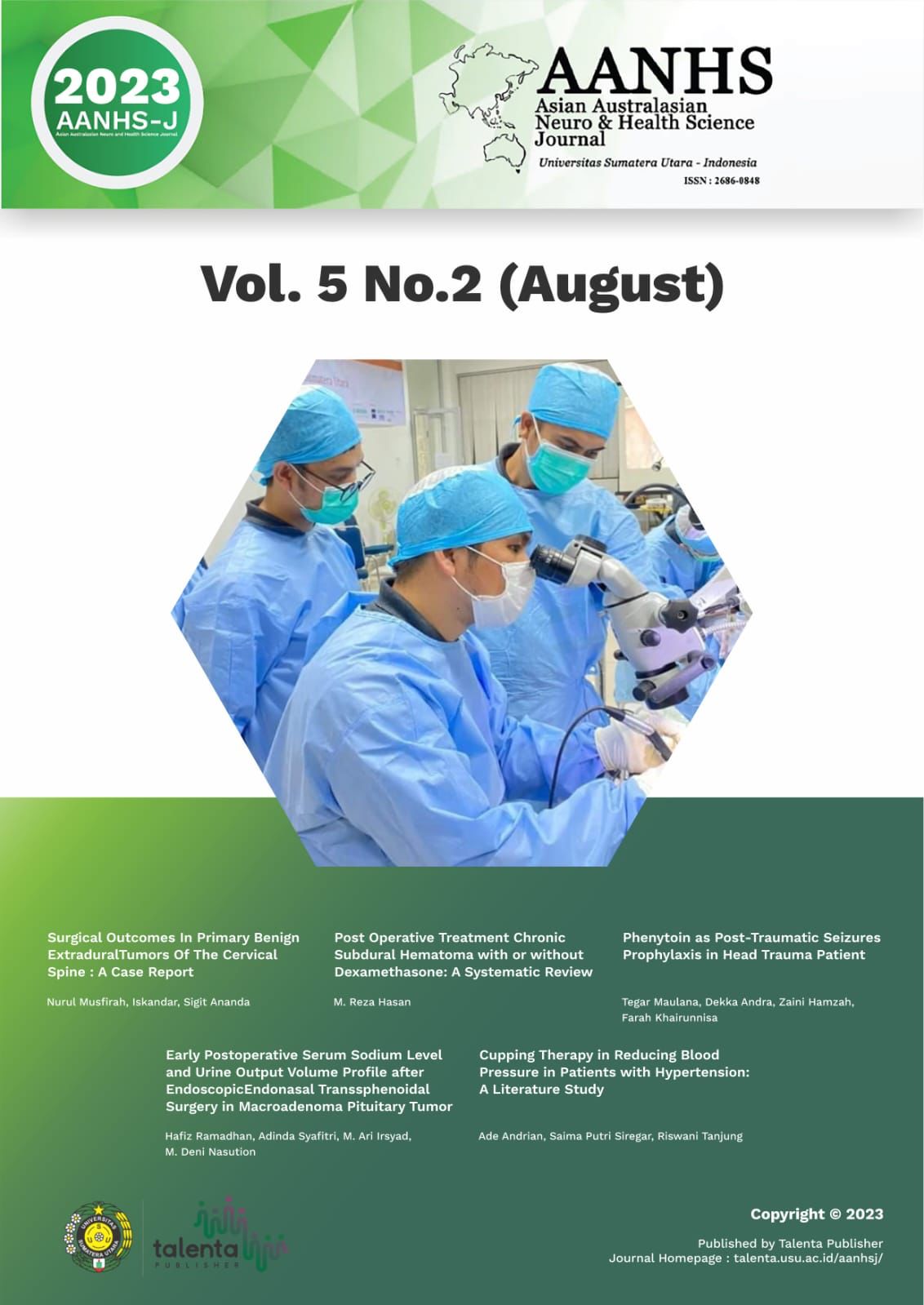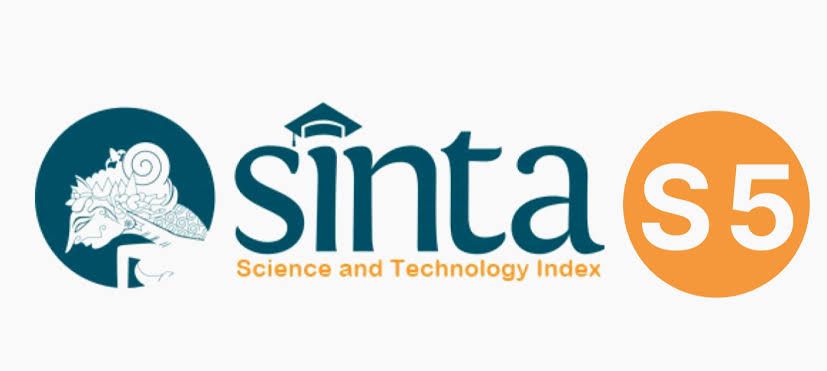CUPPING THERAPY IN REDUCING BLOOD PRESSURE IN PATIENTS WITH HYPERTENSION: A LITERATURE STUDY
DOI:
https://doi.org/10.32734/aanhsj.v5i2.11846Keywords:
cupping therapy, hypertension, blood pressureAbstract
Introduction: The World Health Organization (WHO 2022) states that the current global prevalence of hypertension is 22% of the world's total population, and less than one-fifth make an effort to control their blood pressure, I assume. In Indonesia it is estimated at 15 million, but only 4% are under control. Hypertension can be caused by lifestyle, obesity, alcohol, smoking, stress, age, and genetic factors. Hypertension can be treated nonpharmacologically, namely with cupping therapy. This study aims to determine the effect of cupping therapy on lowering blood pressure in patients with hypertension.
Method: using a literature review research design. International and national journal searches were obtained through several sources including: Proquest, ScienceDirect, Emerald Insight, Ebsco, and Google Scholar. There are 10 articles obtained that will be reviewed, the results of information about the application of complementary alternative therapy, namely cupping therapy, and analyzing the published literature so as to reduce blood pressure in hypertensive patients.
Results: The results of the literature review indicate the effect of cupping therapy between before and after cupping therapy on changes in blood pressure in patients with hypertension.
Conclusion: The provision of cupping therapy as a complementary alternative therapy or one of the non-pharmacological therapies greatly provides an effect in lowering blood pressure in patients with hypertension.
Keywords: Blood Pressure, Cupping Therapy, Hypertension
Downloads
Downloads
Published
How to Cite
Issue
Section
License
Copyright (c) 2023 Asian Australasian Neuro and Health Science Journal (AANHS-J)

This work is licensed under a Creative Commons Attribution-ShareAlike 4.0 International License.
The Authors submitting a manuscript do understand that if the manuscript was accepted for publication, the copyright of the article shall be assigned to AANHS Journal.
The copyright encompasses exclusive rights to reproduce and deliver the article in all forms and media. The reproduction of any part of this journal, its storage in databases and its transmission by any form or media will be allowed only with a written permission from Asian Australasian Neuro and Health Science Journal (AANHSJ).
The Copyright Transfer Form can be downloaded here.
The Copyright form should be signed originally and sent to the Editorial Office in the form of original mail or scanned document.














